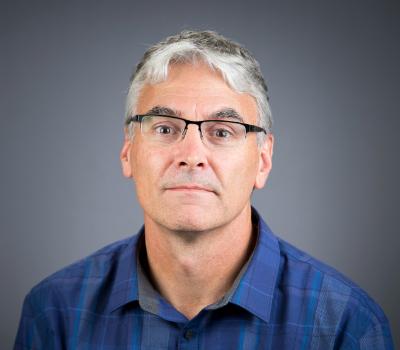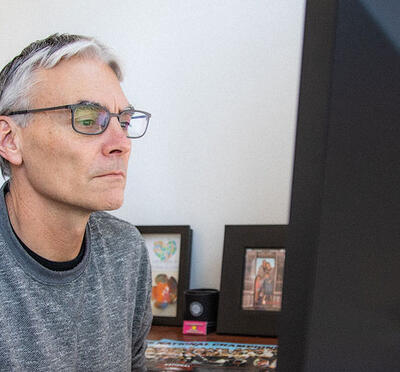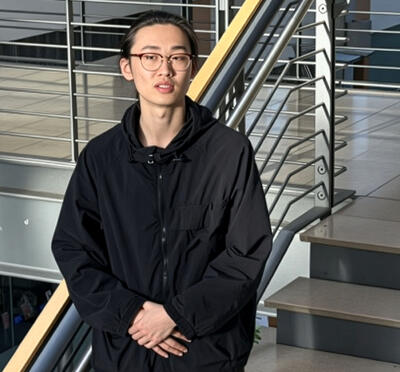The School of Nuclear Science and Engineering has completed a strategic overhaul of its undergraduate curriculum to better prepare graduates for the demands of an evolving field. The unified and expanded Bachelor of Science degree in Nuclear Science and Engineering offers students the flexibility to tailor their academic path to their career goals, provides a broader foundation in nuclear science and engineering, and offers purpose-built pathways that cater to industry needs in energy production, health and safety, and materials science.
New curriculum built for flexibility
“We’ve shifted from a traditional and highly prescriptive curriculum to one that’s far more flexible,” said Todd Palmer, University Distinguished Professor of Nuclear Science and Engineering and chair of the school’s curriculum committee. “Previously, upwards of 95% of classes were determined by the school, leaving few elective options. When recent graduates told us that they would have preferred less rigidity, we listened.”
The fundamental structural change brings the program’s two majors — nuclear engineering and radiation health physics — together into one robust degree program. The unified nuclear science and engineering program features three transcript-visible options: reactor engineering, health physics, and nuclear materials. The degree will open doors to an even wider array of career and research opportunities in areas such as nuclear power, medical applications, national security, environmental protection.
New transcript-visible options
Reactor engineering follows a traditional nuclear engineering curriculum focused on thermal hydraulics, neutronics, and fission reactor design. Health physics, a revitalized version of radiation health physics, emphasizes radiation protection, occupational safety, and applications in medicine and industry. Nuclear materials is a new specialization centered on materials , particularly for advanced reactor technologies and nuclear fusion.
Another feature of the program allows students to earn the NSE degree without committing to one of the three formal options. This allows students to design an academic plan that reflects their interests in diverse topics, such as nuclear forensics, radiochemistry, artificial intelligence, environmental science, and public policy.
University Distinguished Professor of Nuclear Science and Engineering and chair of the school’s curriculum committee
Blue Primary, Yellow Secondary
Preserving a vital field
Several factors motivated the redesign, including the preservation of the health physics discipline. Despite low undergraduate enrollment nationally, demand for health physicists remains high in hospitals, national laboratories, industry, and regulatory agencies, according to Camille Palmer, a professor and associate head of the School of Nuclear Science and Engineering.
“Oregon State is committed to maintaining this vital field and ensuring the talent pipeline remains open, rather than phasing it out as other institutions have done,” she said.
Modernizing for an expansive nuclear future
Also influencing the curriculum’s redesign was the desire to modernize the role of nuclear science and engineering to reflect the profession’s evolving scope, Todd Palmer added. While the outgoing curriculum focused primarily on science connected to fission reactors, the restructured program embraces a future-focused vision. It aims to produce graduates prepared to meet the needs of industry and government in a range of traditional and emerging specialties, including radiation transport, advanced materials development, plasma physics, nuclear forensics, artificial intelligence, environmental remediation, radioactive waste management, and fusion technology, among others. For employers, that means reduced onboarding and training time, and for students, it means meaningful preparation for high-impact careers.
“We’ve done more than simply update the curriculum,” Todd Palmer said. “We’ve changed our philosophy and created a new vision for nuclear science and engineering education. This is about training professionals who are technically proficient, curious, flexible, and creative, and who want to work across disciplines. We also think these changes broaden the appeal of the program, helping more students see themselves and their interests align with a career in the field and resulting in healthy enrollment in the school.”
With this new structure, Oregon State strengthens its position as a leading talent pipeline for the nuclear sector — ensuring graduates enter the workforce with the skills, specialization, and adaptability to meet the growing and changing needs of the field.




